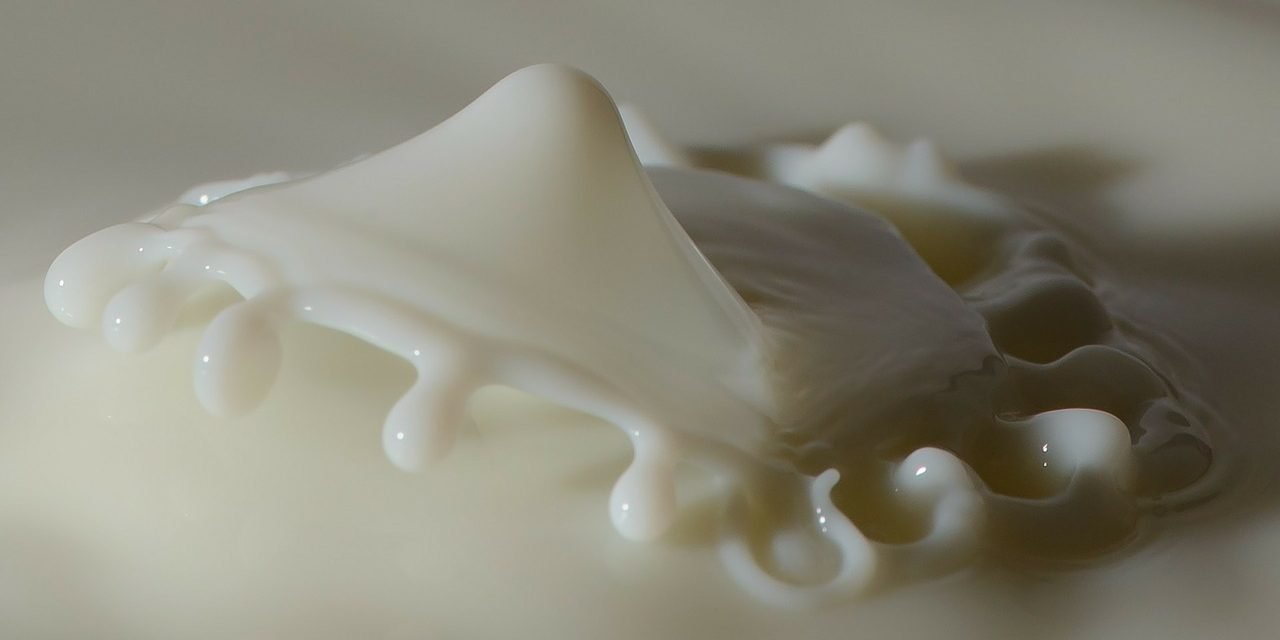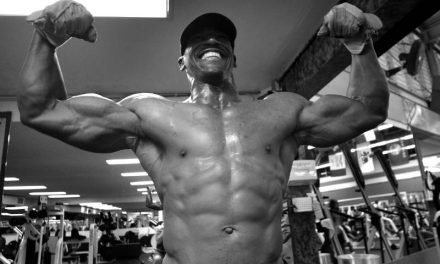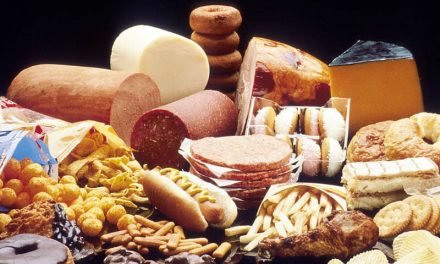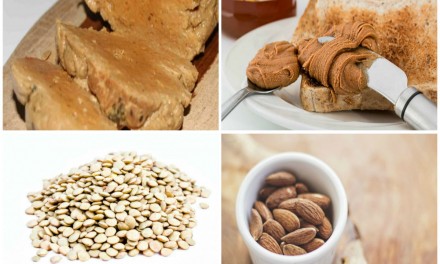In Protein Supplements – Part 1 , we discussed why proteins are needed, when supplements are required , how much proteins should be taken according to a specific goal. We also discussed Biological Value of proteins. Here we discuss about the sources of protein supplements in detail.
How Protein is extracted for Supplements
Protein supplements are made by extracting the protein component of different food sources. This extraction is done by a variety of processing methods. As food sources are different, to extract protein from them, different processing method is used for each type. Following is a list of processing methods generally used for protein extraction.
Protein Concentrates
The process of concentration involves drying with high heat along with acid extraction. This increases the protein concentration and lessons the whole food source in the supplement. During the processing other impurities can be concentrated with the protein (e.g., lactose, fat, cholesterol). Concentrates end up being about 60 – 70 % protein by weight.
Protein Isolates
Taking the concentration process a step further, “isolation” removes a much higher percentage of non-protein content. This is accomplished using water wash, alcohol wash or ionization (cost increasing in the same order). The resulting isolate is then subjected to filtration which removes almost everything from the source except for proteins. Minimum amount of carbs, fat and fibres are left. This additional processing yields a premium protein that is up to 95% pure.
Protein Hydrolysates
Protein Hydrolysates are a mixture of amino acids prepared by splitting protein with acid, alkali or an enzyme. This breaks apart the bonds linking amino acids. Such preparations provide the nutritive equivalent of the original material in the form of its constituent amino acids. This makes it taste more bitter, but also allows it to absorb more rapidly than a concentrate or isolate. Concentrates and isolates are already fast-digesting, so a hydrolysate, which digests minimally faster, may not be worth the taste trade off and extra cost for the small benefit.
Ion Exchange
Ion exchange method is based on the concept of electrically charged atoms and molecules. Use of charged particles is made to separate protein from its source.
Apart from these methods, certain filtration processes like micro filtration, cross micro filtration and ultra filtration are used to remove contamination and further purify the concentrated protein component.
Protein Sources
We covered protein sources very briefly in our previous article Protein supplements – Part 1 . Lets discuss them in detail here along with their pros and cons.
1.Whey
Whey is one of the two proteins milk is made of, other being casein. Whey protein can be separated from the casein in milk or formed as a by-product of cheese making. Whey protein is considered a complete protein and contains all 9 essential amino acids and is low in lactose content. Whey comes in three different types:
Concentrate : 30% to 80% protein by weight
Isolate : more than 90% protein by weight
Hydrolyzed : Predigested form of whey protein as it has already undergone partial hydrolysis – a process necessary for the body to absorb protein
PROS
Improves sports performance as it reduces stress and muscle destroying hormone(cortisol)
Promotes lean muscle growth
Aids in fat loss
Supports cardiovascular health and a healthy metabolism
Useful for post-workout recovery
Helps lowering blood pressure
Improves immunity by increasing anti oxidant (glutathione)
Helps reduce overtraining
CONS
Sugar found in milk (lactose) is a common allergen that can make whey indigestible for some
Contains less-than-desirable artificial sweeteners and chemicals
Overdose can cause stomach pains, cramps, nausea, reduced appetite, fatigue, headache
To realize the benefits of whey, it has to be micro filtered at low temperature which allows high protein concentration and low lactose, cholesterol and fat.
Whey isolates are a better choice for post workout nutrition as they are absorbed more quickly in the system which is required by the body after workout. Whey concentrates on the other hand are a better choice for other parts of the day as body does not need all the amino acids during those times.
2. Casein
Casein is the other protein found in milk apart from whey. It is produced when milk is processed to concentrated/isolate milk protein from carbs and fats. It is the curd part which is separated from whey in cheese making process. Casein is a slow digesting protein, reason being when the milk is processed, casein takes a gelatinous form. This is the reason for Casein having a slow rate of digestion, and results in a slow but steady release of amino acids into circulation. Hence Casein may be slightly better than whey at promoting muscle mass over the long term (though the difference is minute).
Since casein digests over a long period of time, it is an optimal protein choice before bed.
The main three types of casein proteins are:
Calcium caseinate – The basic form
Micellar casein – More pure form
Hydrolyzed casein – Soluble form
When we talk about the gel forming tendency of casein, we are talking about the first two. Hydrolyzed casein on the other hand does not forms gel and is quite soluble in water.
PROS
Promotes steady muscle growth over long period
Helps in making thick shakes, puddings and other desserts
Important component of cheese making.
Casein derived compounds are used for tooth Re-mineralization
May enhance immunity
High in Branched Chain Amino Acids(BCAAs)
Helps prevent fatigue in novice atheltes
CONS
Being a by-product of milk, can be allergic to some
Not an ideal post workout supplement
Is expensive
Contains many artificial ingredients to help make it more agreeable in taste
3.Egg
Egg protein is a complete protein made by separating out the yolks and dehydrating the egg whites. It is basically the protein from egg whites in powdered form. Some brands add extra nutrients to boost the advantages of egg protein. It does not contain egg yolk, making it low in fat and cholesterol free. Amino acid patterns found in egg proteins matches what is required for human grow, hence they are considered to be almost perfect proteins.
Egg protein is a medium digesting protein, means it is neither absorbed very fast like whey, nor over a prolonged period like casein.
Since egg protein digestion rate is neither too fast nor too slow, it can be a better bet as an afternoon snack which can keep you going throughout the day with less calories.
PROS
Fat free
Concentrated amounts of essential amino acids
Egg protein powders are rich in vitamins and minerals
Supplies amino acids for long duration
Almost perfect for human growth
CONS
May upset the stomach
Can be allergic as allergies to eggs are common
One of the most expensive supplements out there
Also a subtle essence of egg in protein powder which may ruin the taste
4.Soy
Soy protein is processed from soybean plant. The protein is prepared by hulling and drying soy beans into soy flour. Most of the fat, carbs and fibre are removed. It comes in two forms
Soy concentrate : Prepared by removing all the fat from soy beans. After that, all the water soluble non-protein part is removed. This results in soy concentrate which contains protein(at least 65%) along with some carbs and fibre.
Soy isolate : Just like whey isolate, soy isolate is the most pure and refined soy in terms of protein content. It is prepared by taking soy concentrate one step further. This is done by removing all the non-protein components like carbs and fibres from the concentrated soy. Resulting product is almost pure protein (90%+).
PROS
Reduces the risk of various cancers like prostrate cancer, breast cancer
Reduces high cholesterol
Reduces the symptoms of menopause
Helps build up bone mass hence beneficial for osteoporosis
Increases nutritional value of other foods
Enhances athletic performance
Less expensive
Beneficial for women and men
CONS
Might not be very useful for muscle building
Might effect hormone levels (this is a debatable point)
Foods already contain soy due to its low cost, hence taking as a supplement is a question to be considered
5.Hemp
Hemp protein is derived from the seeds of the cannabis plant (also known as marijuana), though the intoxicating components are removed. Hemp seeds are composed of approximately 45 % oil, 35 % protein and 10 % carbohydrates. Hemp seeds have their oil extracted and the remaining seed meal that is high in protein relative to the seeds is then processed into Hemp protein supplements.
Hemp is not a lean protein source but is said to contain a balanced omega-3 and omega-6 fatty acid profile along with high fibre.
PROS
A good mix of omega-3 and omega-6 fatty acids
Doesn’t have any kind of allergic effect
Rich in fibres
Potential immune enhancer
Anti-fatigue
Protects kidney
Above average rate of digestion
CONS
Not a pure protein supplement and used more as a meal replacement
Contains cannabinoid content but it does not have the marijuana effect
Has not been researched much
Very expensive
Apart from the above mentioned sources of proteins, we have some other sources which are as follows:
Beef : Beef is considered to be a high quality protein source. Beef contains all nine essential amino acids required to build muscle, making it one of the richest sources of protein available. Beef protein supplements are considered to be beneficial in terms of promoting gains in muscle mass and muscle recovery.
Rice : Rice is considered to be a rich source of carbohydrates, but recently brown rice is being used as a source of protein as well. Apart from having proteins, brown rice also contains carbohydrates, vitamins and fibre. It is readily digestible and does not cause any allergy. It is a plant based protein hence does not contain all the amino acids.
Pea : Proteins form peas is again plant based protein with no allergic effect. Protein usually comes form yellow split pea. This protein remains deficient in some amino acids and hence shouldn’t be used as a complete protein source.





